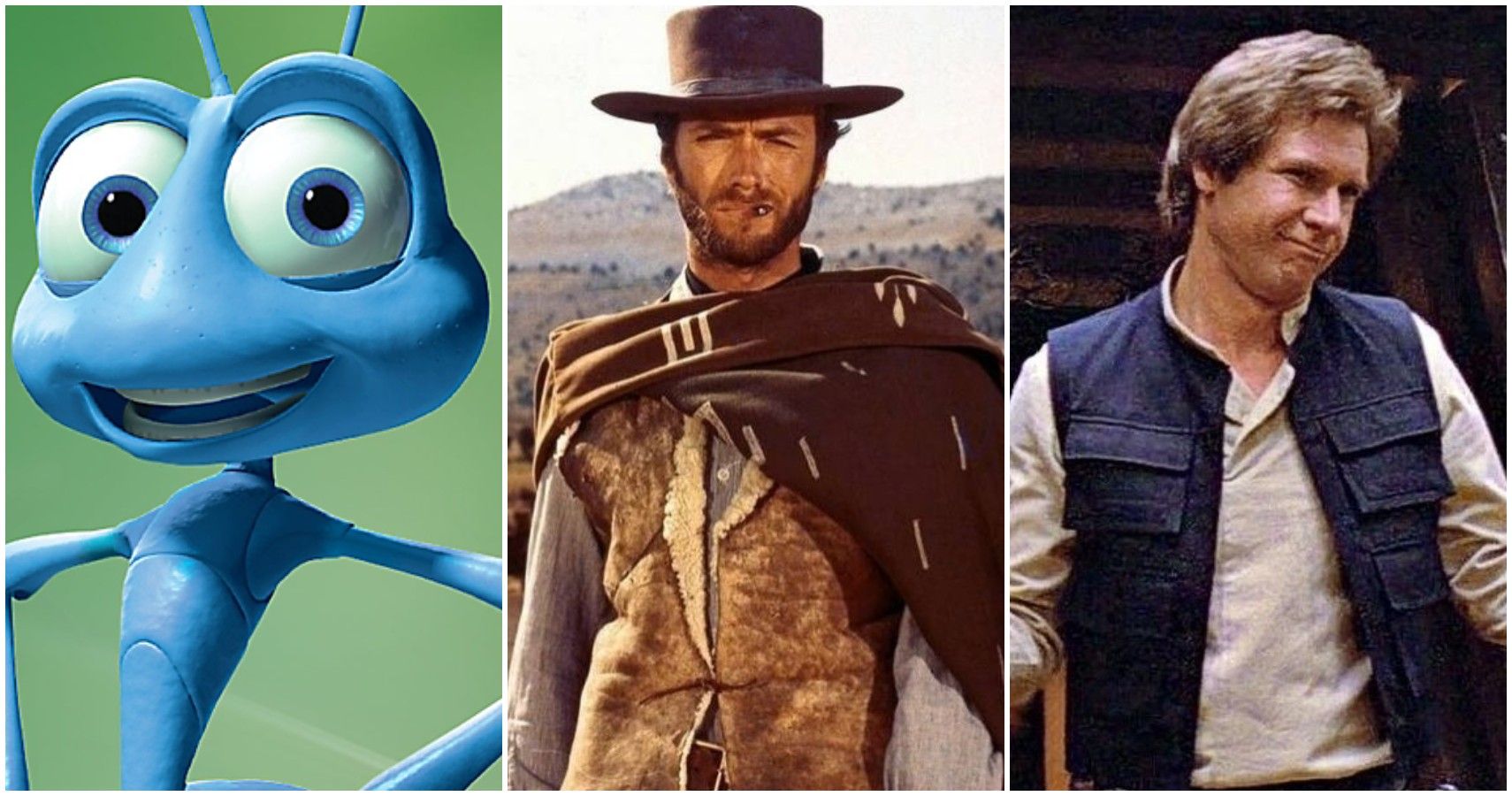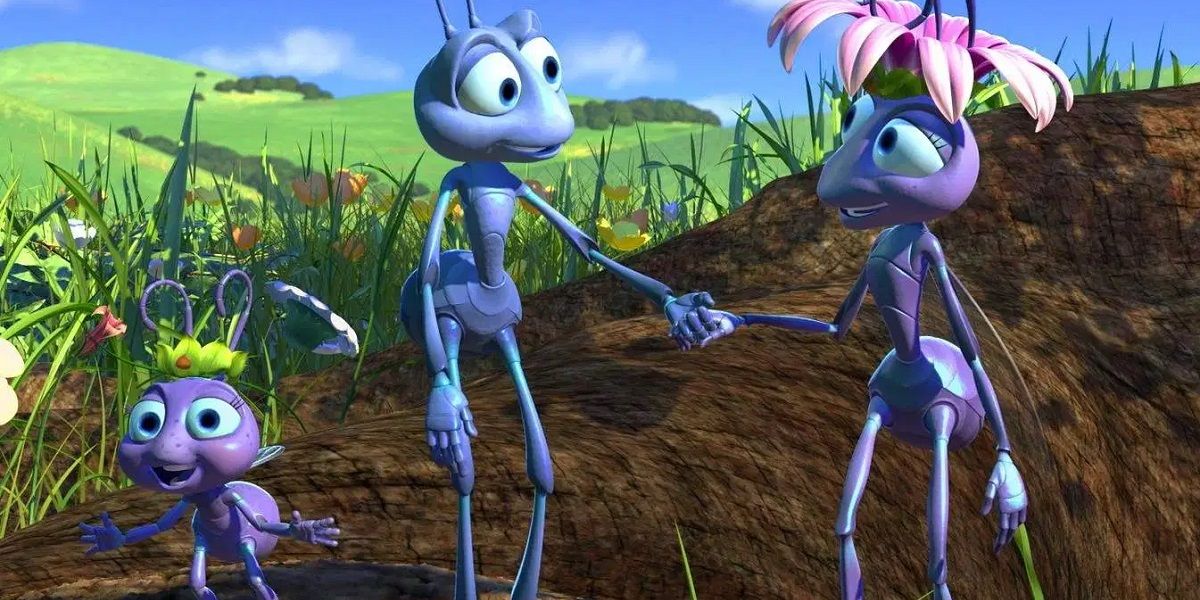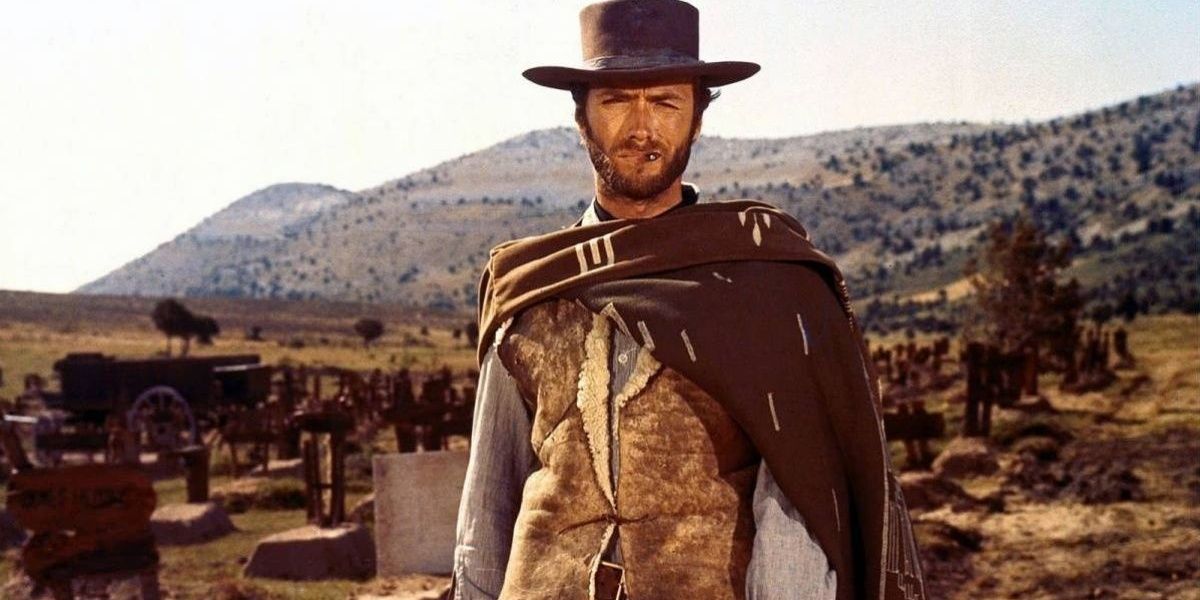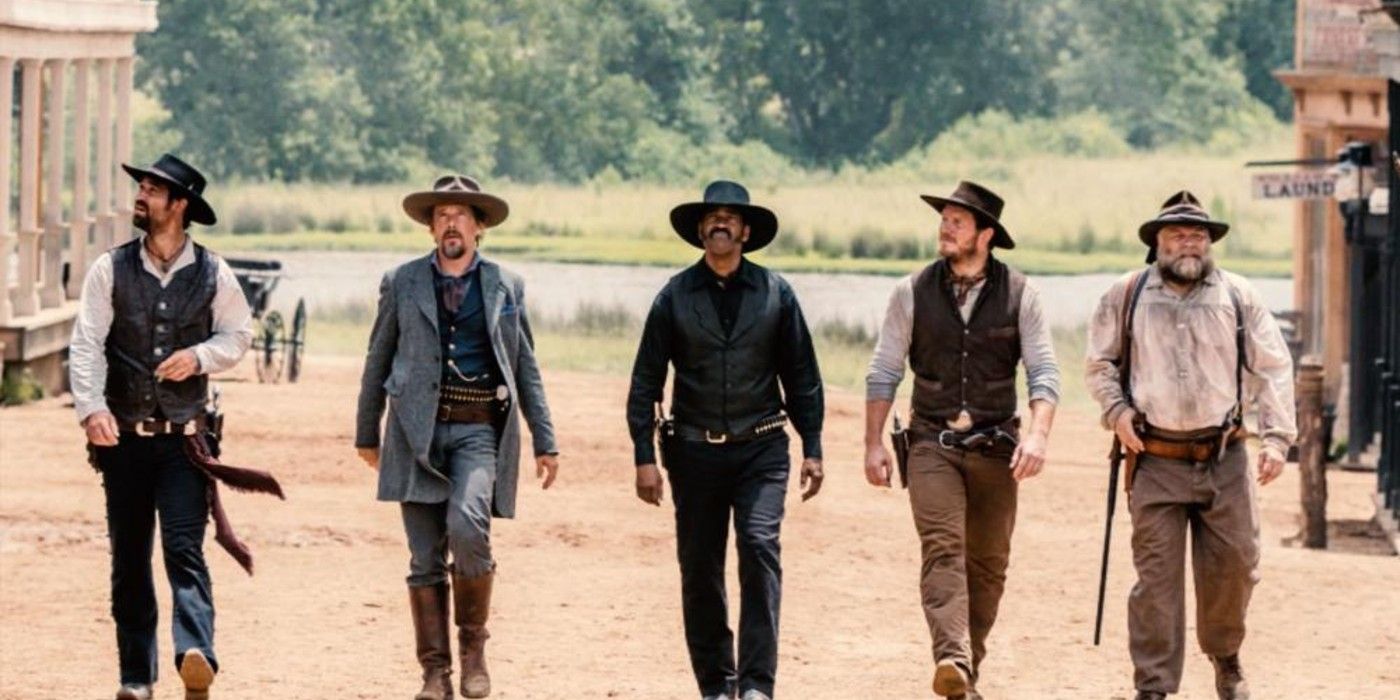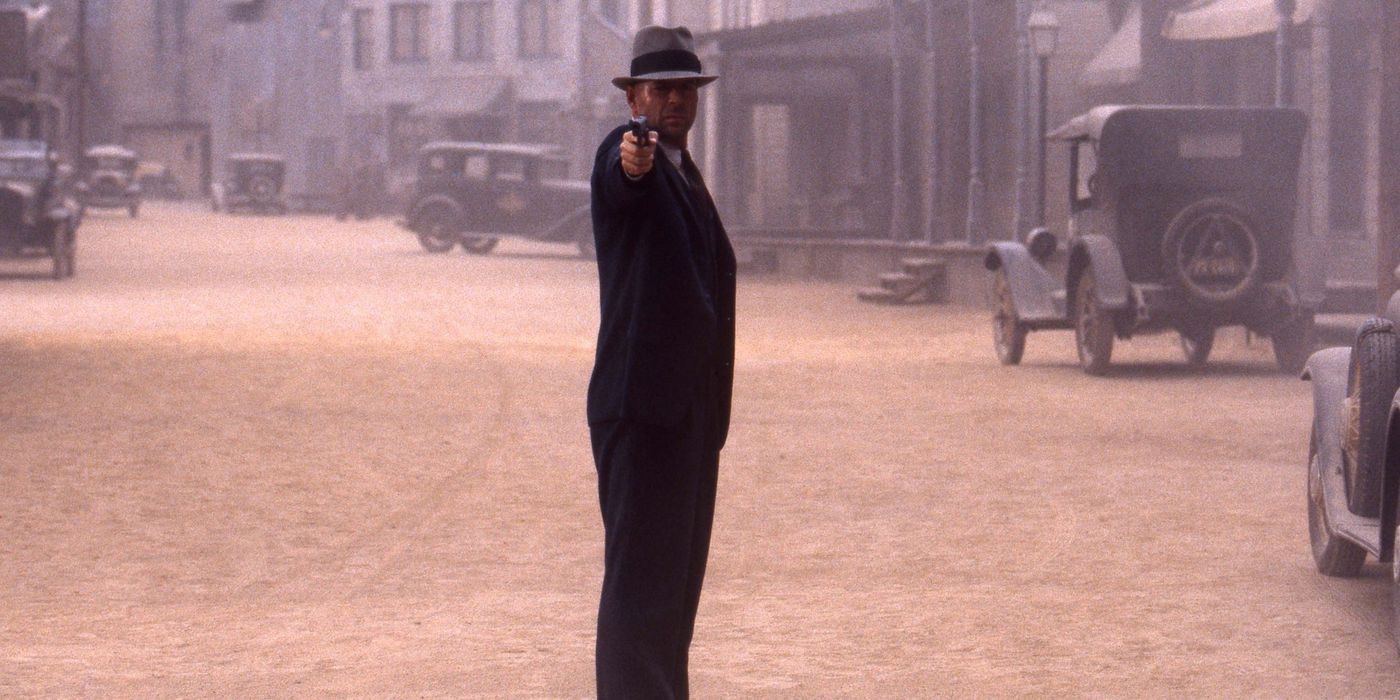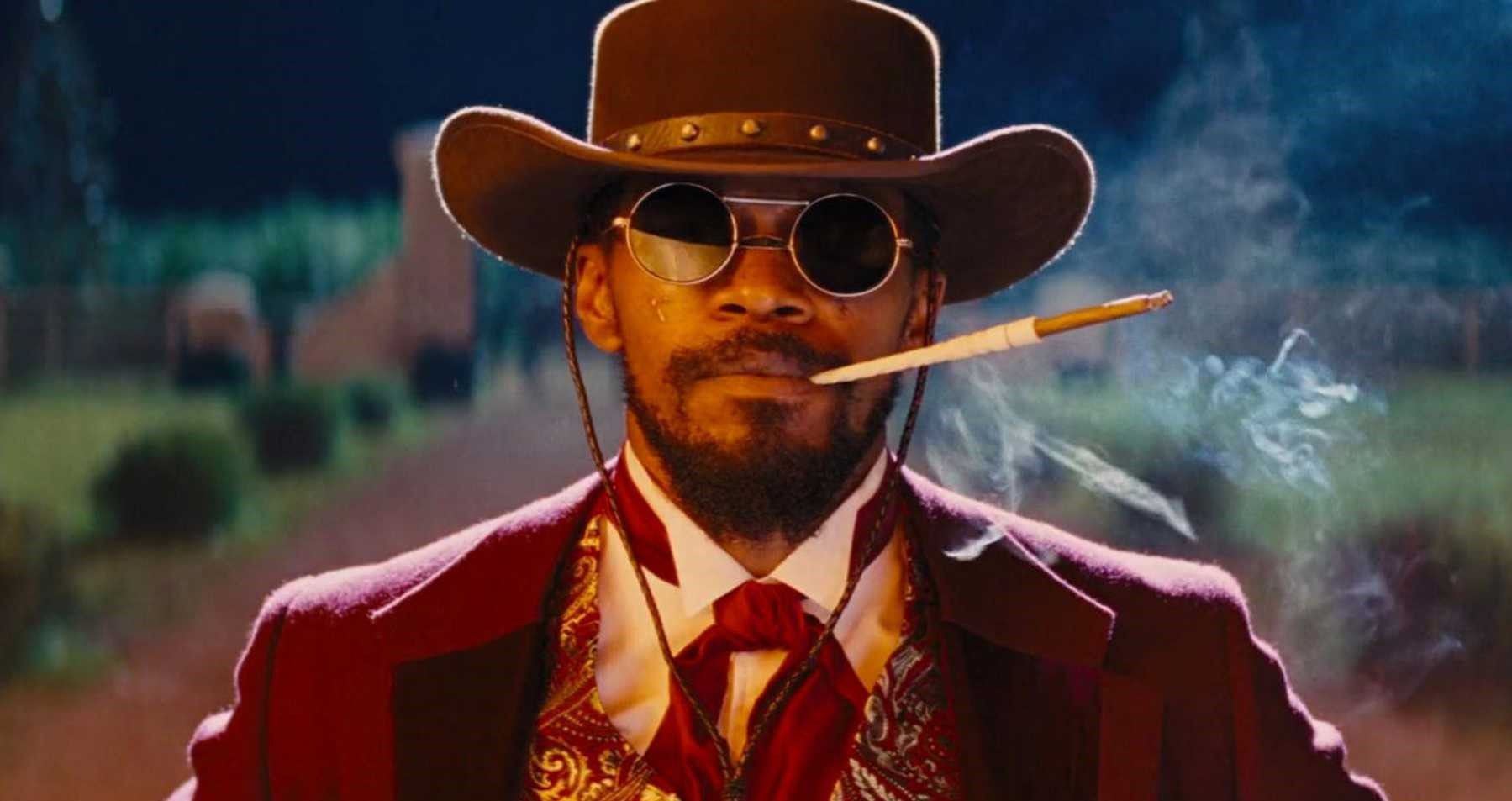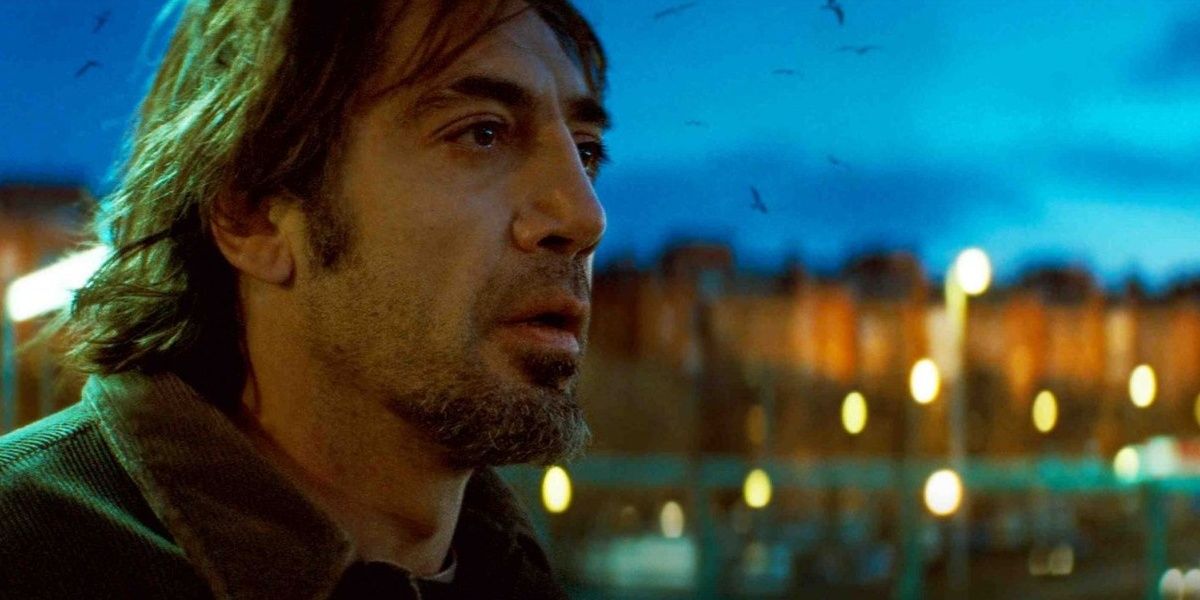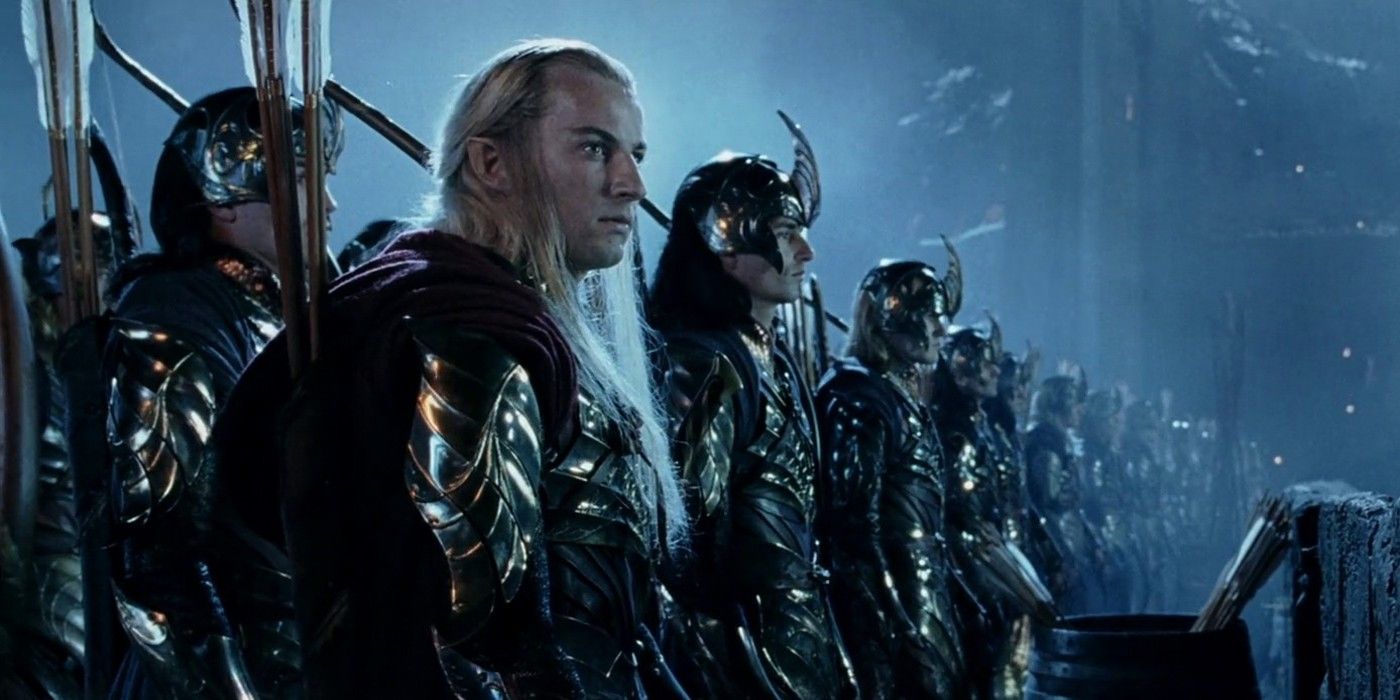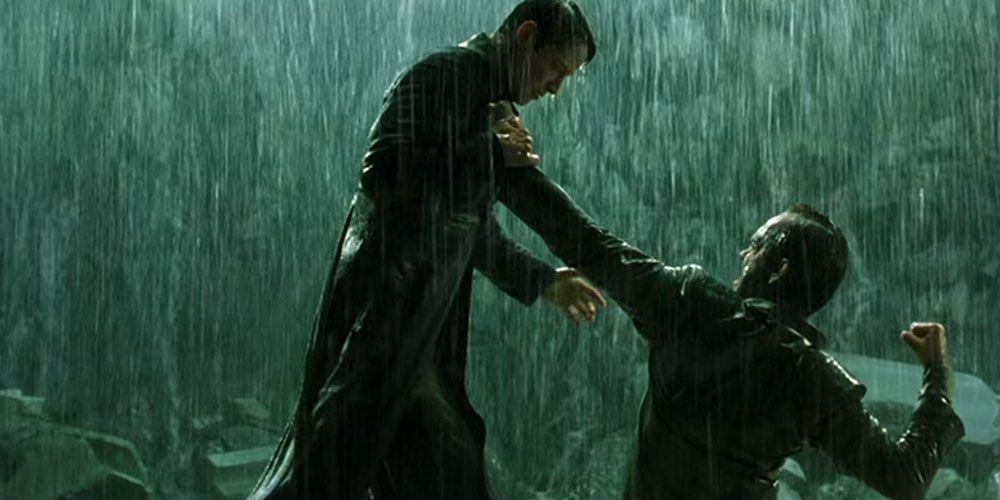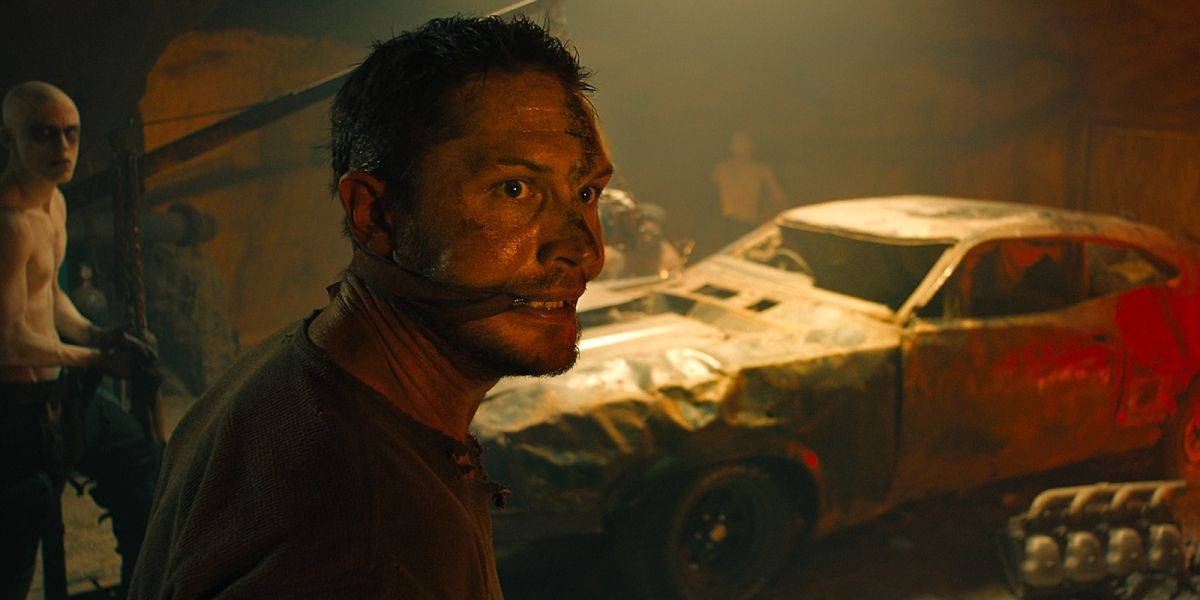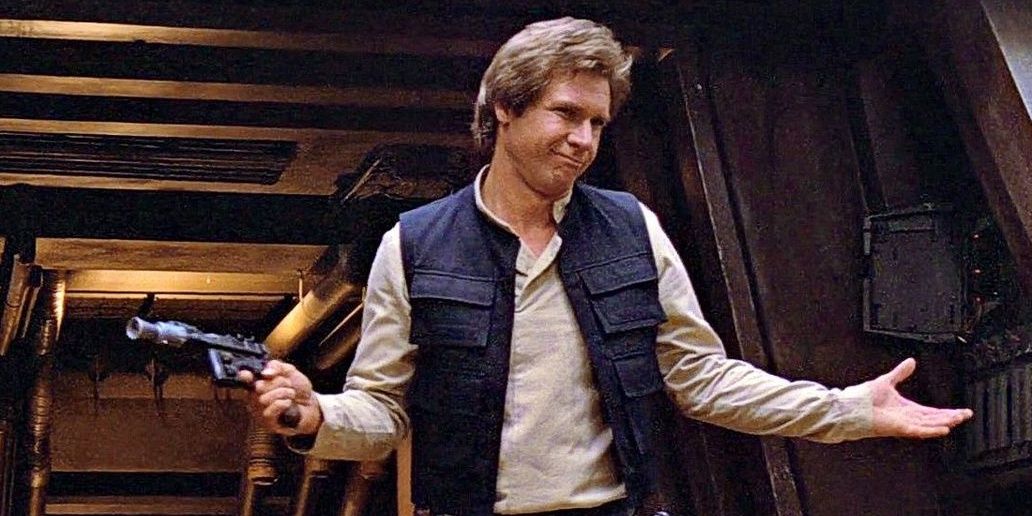Hollywood directors borrowing from other director's signature styles isn't unheard of in the industry and it happens fairly often. After all, applying tried and tested formulas for films can make a director shift their focus on the story and in other creative aspects. However, out of all the directors that Western movies love to borrow from, Akira Kurosawa stands out as one of the more common.
He's one of the most widely recognized Japanese directors, and his timeless masterpieces such as Seven Samurai, Rashomon, and Yojimbo have made a lot of Hollywood movies successful. His influence on Western directors ranges from homages and scene recreations to sometimes flat-out remakes. Here are 10 of the most notable films that have that Kurosawa influence.
A Bug's Life
Illustrating just how significant Akira Kurosawa's movies and filmmaking techniques are, even Pixar adopted the definitive Seven Samurai plot of a poor defenseless village hiring some reluctant and unconventional defenders.
In this case, it's Flik's ant colony needing help from "warriors" against the oppressive grasshoppers. The similarities are stunning. Of course, instead of lordless samurai, the ant colony ends up hiring some hungry circus performers, and that's when it veers off from the template.
A Fistful Of Dollars
Clint Eastwood's earliest claims to fame came in the form of this Spaghetti Western film from Sergio Leone, which turns out to be an almost 1:1 cowboy remake of Yojimbo from Akira Kurosawa. Kurosawa's samurai showdown structure and lawless provincial backdrops pretty much made Western adaptations a low-hanging fruit.
Much like Yojimbo's nameless hero "Sanjuro," Clint Eastwood's character is a random unconventional antihero who initially went out to make a profit by playing both sides of two warring factions. They both end up saving the troubled local populace and ending the standoff without much gain.
The Magnificent Seven
The name itself is indicative enough - The Magnificent Seven from 2016 is a loose remake of the 1960's classic, The Magnificent Seven, which was a Western remake of Kurosawa's Seven Samurai. Much like A Fistful of Dollars, Magnificent Seven replaced the samurai with cowboys.
Of course, being a modern film on its own right, The Magnificent Seven tried to break from the mold and create its own story and plot. However, the similarities with Seven Samurai are certainly there, albeit less refined and with the added bonus of a stellar cast.
Last Man Standing
Yojimbo established such a good standard for storytelling that Hollywood just had to keep recreating it. In 1996, several decades after A Fistful of Dollars, out came Last Man Standing, featuring Bruce Willis in a Prohibition-era America.
It essentially trades off the samurai/cowboy for the jazzy American gangster. Bruce Willis stars as the hero of the film who, in accordance with the plot, finds himself stuck between two warring gangs who have taken over a whole town.
Django Unchained
Spaghetti Western movies definitely owe a lot to Akira Kurosawa and would not have been the same without his films. Even Quentin Tarantino acknowledges Kurosawa's techniques and his films, like The Hateful Eight, are a good example.
Another example is Django Unchained - a revisionist Spaghetti Western movie. Where its Akira Kurosawa influences are noticeable is in the camera tricks and framing, utilizing mostly either wide or up-close personal shots and mostly static action.
Biutiful
Even seasoned Hollywood trendsetters such as Alejandro González Iñárritu (Birdman, The Revenant) are immune to the charms of Kurosawa's films. Case in point is one of his masterpieces, Biutiful, starring Javier Bardem.
This time around, the influence comes from one of Kurosawa's lesser-known movies, Ikuru. It's about a father who suddenly has to face terminal cancer and wants to make his final days more meaningful, which is pretty much the same premise as Biutiful. Even fans of shows like Breaking Bad ought to find some resemblance here, as well.
The Lord Of The Rings: The Two Towers
Unsurprisingly, plenty of big films which have borrowed from Kurosawa's marvels have done well either critically or commercially. The Lord of the Rings: The Two Towers is no exception, and while it has its own source material, it still gazed at films like Seven Samurai for its cinematic flair.
The climactic scene in The Two Towers, the Battle of Helms Deep, owes a lot to how Kurosawa handled Seven Samurai's final battle. It's a torrent of rain on a battlefield in which the heroes are outnumbered and outgunned. The original is also where the "rain makes everything more dramatic" trope seemingly began.
The Matrix Revolutions
Speaking of rain making everything more dramatic, the final entry in The Matrix trilogy is no stranger to this technique. Much like The Two Towers, its final battle scene between Neo Anderson and Agent Smith took place in a showery arena.
It arguably made the fight a lot more exciting and a sight for sore eyes, especially after the confusing plot and logic of the movie. Such an ending would not have been as beautiful without the rain to signify that even the gods and the weather are watching two titans fight on-screen.
Mad Max: Fury Road
Even post-apocalyptic box office revivals like Mad Max: Fury Road just had to pay homage to the Seven Samurai, proof of how impactful it was to the action genre in general, especially when it comes to making certain protagonists appear more capable or elite.
In one scene, Max had to rush off alone to take on a rampaging Bullet Farmer. Impressively enough, he manages to kill a whole squad. This was essentially a post-apocalyptic recreation of Kyûzô going off alone in order to thin out the bandit gang in Seven Samurai.
Star Wars: Episode IV - A New Hope
Last but not least, Star Wars. Particularly in Episode IV: A New Hope, some of C-3PO and R2-D2's dialogue were homages to Kurosawa's films. Even the first draft of A New Hope took so much from Kurosawa's The Hidden Fortress that it almost read like a straight adaptation.
The final draft retained some of these original elements, such as a princess escaping war and two unlikely heroes helping her. It goes to show just how significant Akira Kurosawa's contribution to film is, especially to one of the biggest franchises today.

